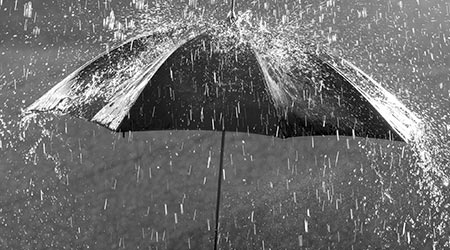
Would you know what to do if a severe summer storm damaged your retail facility? Time is critical following a natural disaster. With summer storm season just beginning, Cintas Corporation offers retailers a checklist to help limit downtime following a severe storm.
“No retailer wants to experience extended downtime following a summer storm,” said John Engel, Director of Marketing, Cintas. “By having a plan in place and reacting swiftly, retailers can limit building damage and lost revenue.”
Cintas offers the following checklist to help businesses limit downtime following a severe storm:
• Consider safety hazards. Be aware of safety hazards, such as loose debris or shock hazards. Educate employees on how to shut off electricity in affected areas and be aware that even if the electricity is down, it is oftentimes restored without notice.
• Locate your emergency preparedness plan. Preparedness plans contain contact information for emergency repair providers as well as instructions and checklists for a variety of emergency situations. To minimize panic and confusion, and ensure employees know how to seek help during a crisis, review emergency action procedures during regular team meetings.
• Examine exterior glass and doors. Glass exteriors such as windows and doors often take the brunt of severe weather and are two of the most important items to assess after a storm. Inspect handles, locks and weather strips to ensure they are in proper working order. Even small issues such as scratches, built-up moisture and hairline fractures can escalate into much larger problems and potentially hazardous conditions for customers and employees.
• Check the water lines. Plumbing backflow, pipe blockages and clogs often occur in flood-damaged facilities. To avoid unnecessary sewage and drain line backups, contact a professional to extract and jet the pipes.
• Disinfect contaminated surfaces. Remove all flood-contaminated materials and properly disinfect all surfaces. Take care when handling contaminated materials to avoid spreading contaminants to other surfaces.
• Deep clean floors. Regardless of floor type, if your floors have been affected by flood waters, they will need to be deep cleaned. Deep cleaning methods that use cleaning chemicals, dwell time and high-pressure steam to sanitize floors and help to minimize bacteria and mold growth.

 The Down and Dirty on Cleaning in Virus Season
The Down and Dirty on Cleaning in Virus Season How Surfactant Use is Expanding in Commercial Cleaning
How Surfactant Use is Expanding in Commercial Cleaning Clean Buildings Conference
Clean Buildings Conference